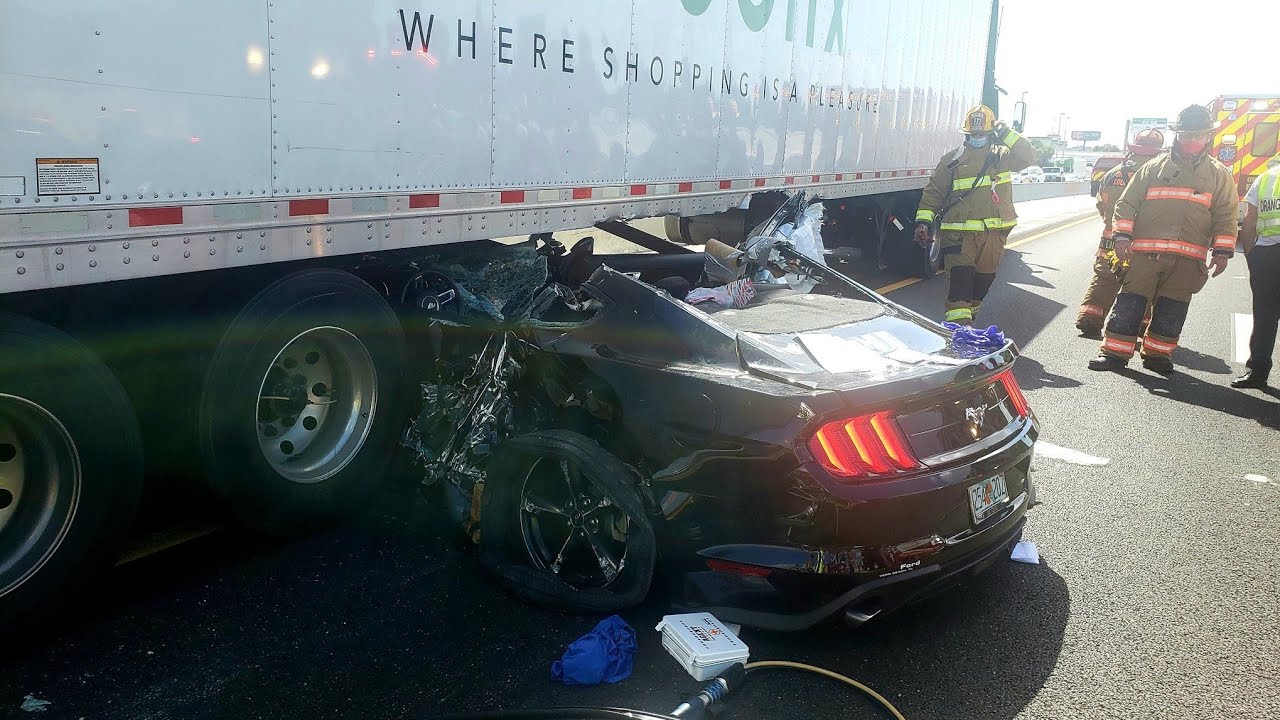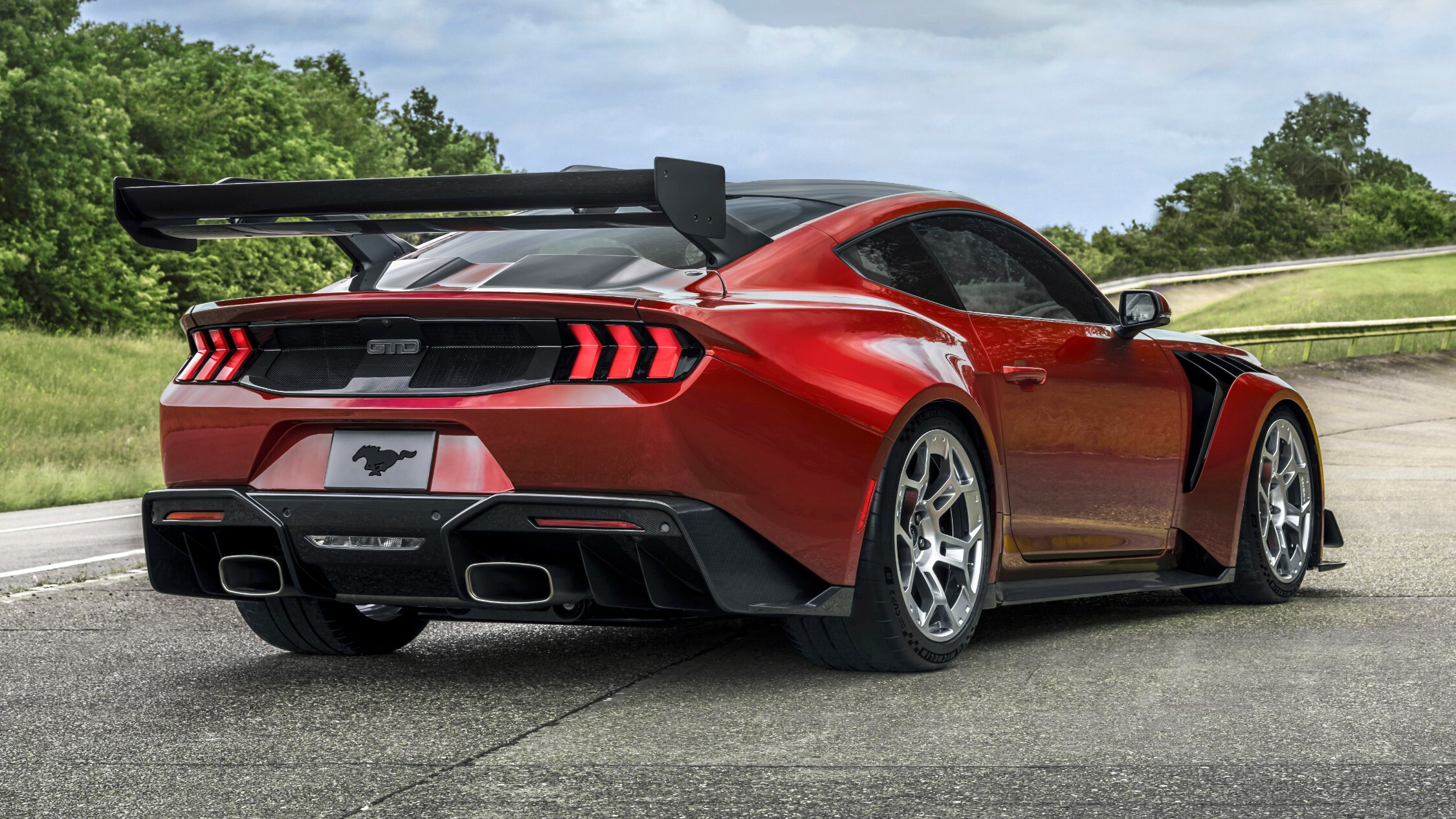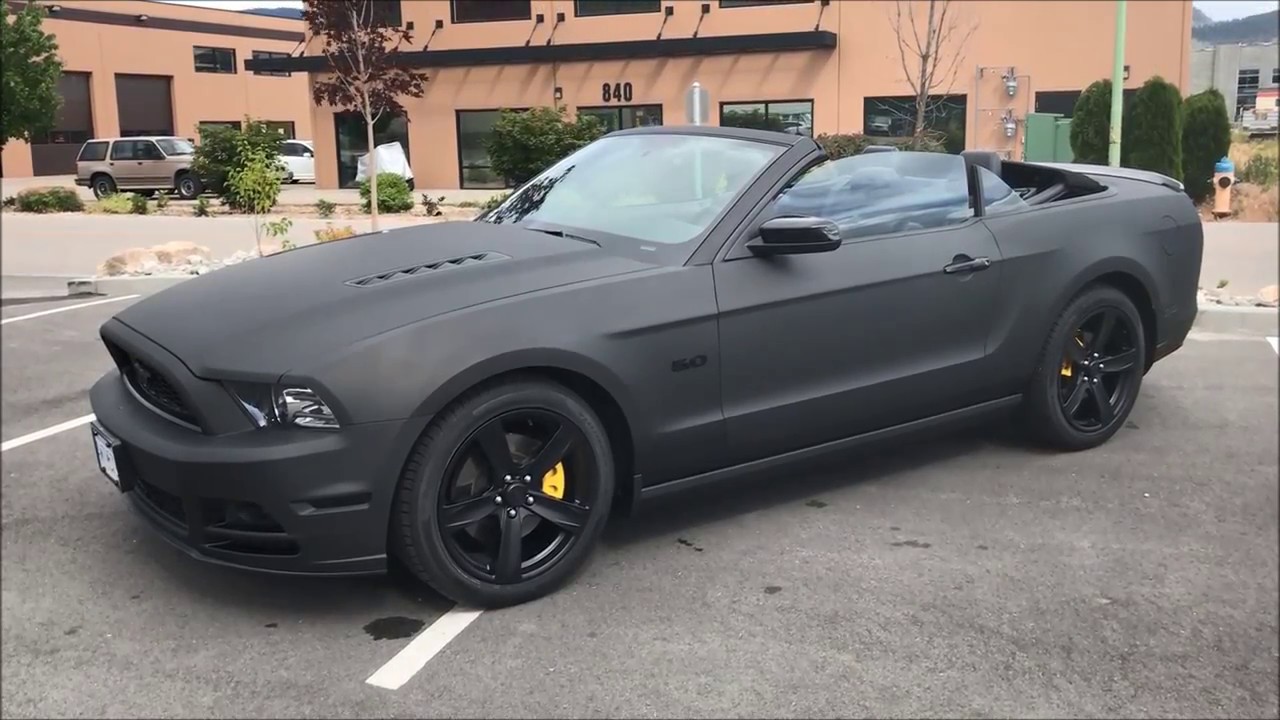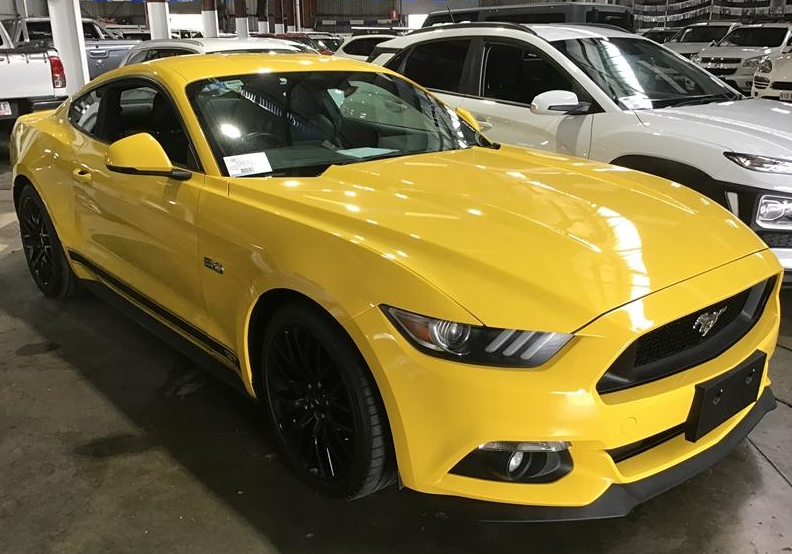“Why do Mustangs crash so much” is often due to powerful engines, inexperienced drivers, and risky driving behaviors. The Mustang’s high performance can lead to loss of control, especially for younger or less experienced drivers.
The Ford Mustang is undeniably one of the most iconic cars on the road, embodying the spirit of American muscle. With its roaring engines, sleek design, and exhilarating speed, it’s easy to see why the Mustang attracts so much attention from car enthusiasts. However, along with its reputation for performance, the Mustang has also gained a stereotype for being prone to accidents. This has led many to wonder: Why do Mustangs crash so much?
While it may seem like a simple question, there are many complex factors contributing to the crash statistics involving Mustangs. The high crash rate is not only tied to the vehicle’s characteristics but also to how these cars are driven, their cultural status, and the environment in which they are used. In this detailed guide, we will explain the various reasons behind the high accident rates for Mustangs, exploring driver behavior, vehicle design, and societal factors, along with steps toward improving Mustang driving safety.

Contents
Mustang’s Crash Reputation
The stereotype that Mustangs are prone to crashing is deeply ingrained in public perception. While some may believe this is due to the vehicle’s design, it’s essential to consider multiple factors that contribute to this image. Ford Mustangs have become widely associated with thrilling driving experiences, but unfortunately, they also have higher involvement in accidents, especially those involving younger, less experienced drivers.
Crash Statistics and the Mustang’s Role
Statistical data supports the perception that Mustangs are involved in more accidents than other vehicles. According to the Insurance Institute for Highway Safety (IIHS), muscle cars, including the Ford Mustang, are among the vehicles with the highest rates of driver fatalities. Studies show that Mustang models, particularly older ones, are more likely to be involved in fatal crashes compared to other types of vehicles. While this doesn’t inherently mean Mustangs are “dangerous,” it indicates that certain factors, like power-to-weight ratio, driving behavior, and vehicle handling, contribute to this increased risk.
This understanding is crucial in analyzing why Mustangs have earned such a reputation, as it’s not purely about the car but about how it’s driven, where it’s driven, and who is behind the wheel.
Factors Contributing to Mustang Crashes
Several factors contribute to the high crash rate of Mustangs, with some being linked to the vehicle’s design, others to driver behavior, and a few influenced by external factors. Let’s break down these key contributors to better understand the reasons behind the crashes involving Mustangs.
1. Driver Behavior and Experience
A major factor in the high crash rates for Mustangs is the behavior of the drivers themselves. Mustangs, with their high-performance engines and muscle car heritage, attract a demographic that is often younger and less experienced. Many Mustang drivers, particularly those who are new to performance cars, may not have the full understanding of the power these vehicles possess.
Younger drivers, especially those in their teens and early twenties, are more likely to engage in risky driving behaviors such as street racing, burnouts, and aggressive acceleration. The powerful engines of the Mustang, often the 5.0L V8, can lead inexperienced drivers to lose control, particularly during rapid acceleration or sharp turns. Additionally, the thrill of driving a muscle car may tempt drivers to push the limits of what the car can handle, leading to dangerous driving conditions.
This lack of experience, combined with a desire to show off the car’s capabilities, often results in high-speed accidents, spinouts, and collisions. Studies show that the Mustang’s powerful engine, while thrilling, can be a danger in the wrong hands, contributing to a higher likelihood of loss of control and crash involvement.
2. Vehicle Power and Handling Characteristics
The Ford Mustang, particularly in its higher-performance trims, is equipped with powerful engines that can accelerate from 0 to 60 mph in a matter of seconds. While this makes for an exhilarating driving experience, it also makes the Mustang challenging to handle, especially for less experienced drivers.
Mustangs are rear-wheel drive vehicles, which means that the car’s power is transmitted to the rear wheels. This configuration offers excellent handling in terms of acceleration, but it can be tricky when cornering, particularly at high speeds. Inexperienced drivers may struggle to control the vehicle when accelerating hard through turns, leading to oversteering or spinning out.
When driven aggressively, a Mustang can easily break traction, especially in wet or slippery conditions. This makes the car prone to fishtailing or even losing control entirely. This issue is exacerbated in older models, which may not have the modern electronic stability control systems found in newer cars. In this sense, the Mustang’s handling and power characteristics, though appealing to performance enthusiasts, can make the car more prone to accidents for those without adequate driving skills.
3. Influence of Car Meets and Social Media
Car meets and gatherings have become a popular way for Mustang owners to showcase their vehicles, often in a social setting. Many of these events are now organized through social media platforms, and there is significant pressure among some car owners to perform for their peers.
The desire to impress others by showing off the car’s speed or performance capabilities often leads to dangerous driving behavior. Burnouts, aggressive acceleration, and high-speed runs are common at these events, which can lead to accidents. The presence of spectators at car meets encourages participants to take risks they might not otherwise consider, which increases the likelihood of a crash.
Car meets often take place in parking lots or public streets, where participants drive in close proximity to other vehicles and pedestrians, creating a hazardous environment. Additionally, these events may lack proper regulation or supervision, increasing the chances of reckless driving that can lead to crashes.
4. Perception Bias and Media Coverage
Another contributing factor to the stereotype that Mustangs crash so much is the media’s portrayal of accidents involving these vehicles. When a Mustang is involved in a crash, particularly one that’s dramatic or high-profile, it often garners significant media attention. The media tends to focus on these types of stories because muscle cars like the Mustang carry a certain cultural cachet.
Unfortunately, this can create a perception bias, where people believe that Mustangs are involved in accidents more often than other vehicles. In reality, other car models may have similar or even higher crash rates, but they do not receive as much media attention. This biased portrayal of the Mustang, fueled by sensationalized stories, contributes to the vehicle’s negative image when it comes to crash involvement.
5. Vehicle Safety Features and Design
Mustangs, particularly older models, lack many of the advanced safety features found in modern vehicles. Features like electronic stability control (ESC), advanced airbags, and reinforced crash structures are often missing or less effective in earlier Mustang models. ESC, in particular, plays a crucial role in preventing skidding and maintaining control in emergency situations, and its absence in older Mustangs can make these vehicles more susceptible to losing control during risky maneuvers.
Additionally, the design of muscle cars, including the Mustang, focuses more on performance and appearance rather than safety. While newer models have improved in this regard, earlier Mustangs were often not built with crash safety in mind. This design approach, coupled with the car’s powerful engine, increases the likelihood of serious accidents.

Addressing the Issue: Steps Toward Safer Mustang Driving
To mitigate the high crash rate associated with Mustangs, several measures can be taken, focusing on improving driver education, vehicle safety, and event regulation. By addressing these factors, we can ensure that Mustang owners enjoy their cars safely while reducing the risk of accidents.
1. Promoting Responsible Driving
To address the issue of Mustang crashes, it is essential to focus on driver education. Drivers, particularly young ones, should be educated on the importance of driving responsibly and understanding the full capabilities of their vehicle.
Driving schools and programs that focus on performance vehicle handling can help Mustang owners better understand how to manage their car’s power, particularly in emergency or high-speed situations. Additionally, Mustang owners should be encouraged to avoid street racing and risky behavior, promoting safer, more responsible driving both on and off the track.
2. Enhancing Vehicle Safety Features
Ford and other manufacturers should continue to prioritize safety in future Mustang models. Advanced safety features like ESC, adaptive cruise control, and automatic emergency braking can help prevent accidents. The inclusion of modern technology, such as blind-spot monitoring and lane-keeping assist, would also enhance safety for Mustang drivers, particularly those who are less experienced.
For older Mustang models, retrofitting safety features like ESC could be a valuable way to improve the vehicle’s safety without a complete redesign. Additionally, reinforced crash structures and better airbags could provide more protection in the event of a crash.
3. Regulating Car Meets and Events
Car meets and social media-driven gatherings should implement strict regulations to minimize the risk of reckless driving. Event organizers should set clear guidelines for safe driving practices and discourage dangerous activities such as burnouts or speed runs. Having trained staff or officials present to monitor the event can also ensure that participants adhere to safety protocols.
4. Encouraging Media Responsibility
The media should strive to present a balanced view of vehicle crash statistics, including the fact that many vehicles, not just Mustangs, are involved in accidents. Highlighting the importance of responsible driving across all car types can help shift the narrative away from focusing solely on one car model and create a more accurate understanding of crash dynamics.
Related Article
Who Designed the Mustang Car?
What’s the Fastest Mustang?
What Year Did Ford Mustang Get an SUV?
Frequently Asked Questions
Here are some FAQs about why do mustangs crash so much –
1. Are Mustangs inherently more dangerous than other cars?
No, Mustangs are not inherently more dangerous, but their high performance and powerful engines attract drivers who may engage in risky behavior. Combined with the vehicle’s handling characteristics, this can lead to higher crash rates.
2. Do modern Mustangs have better safety features?
Yes, modern Mustangs come with advanced safety features such as electronic stability control, lane-keeping assist, and better airbag systems, which improve overall crash safety.
3. How can I reduce the risk of crashing my Mustang?
You can reduce the risk by driving responsibly, avoiding high-risk behaviors such as street racing, and attending driver education programs focused on performance car handling.
4. Do car meets increase the risk of Mustang crashes?
Yes, car meets can contribute to risky driving behavior, but with proper regulation and supervision, the risks can be minimized.
5. Is the media portrayal of Mustang crashes biased?
The media often sensationalizes crashes involving Mustangs, which can contribute to a biased perception of the vehicle’s safety record.
Conclusion
The perception that Mustangs crash frequently is influenced by a combination of factors, including driver behavior, vehicle characteristics, and media portrayal. By promoting responsible driving, enhancing vehicle safety features, regulating car meets, and encouraging balanced media coverage, the risks associated with Mustang driving can be reduced. Ultimately, the responsibility lies with both manufacturers and drivers to ensure that the Mustang’s legacy remains one of performance and safety.




